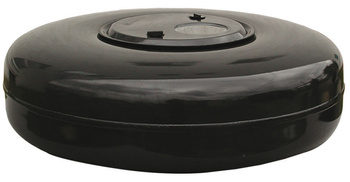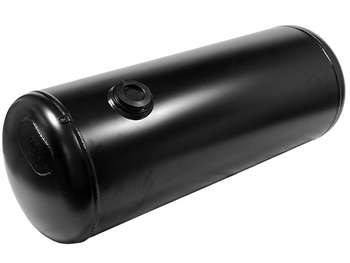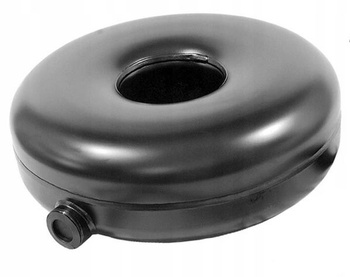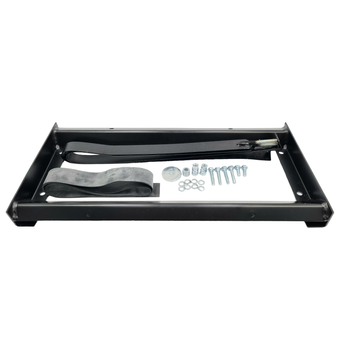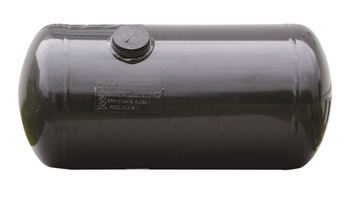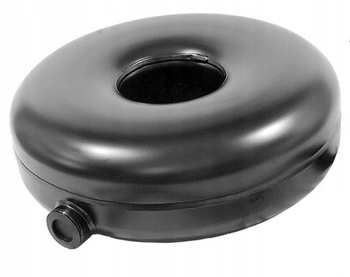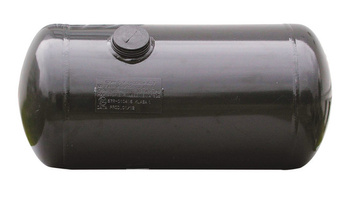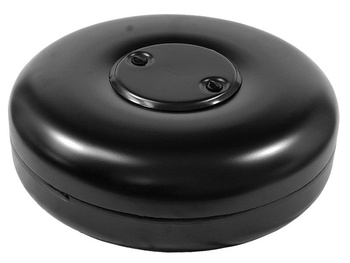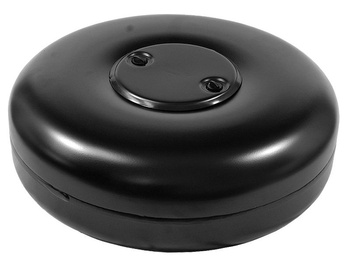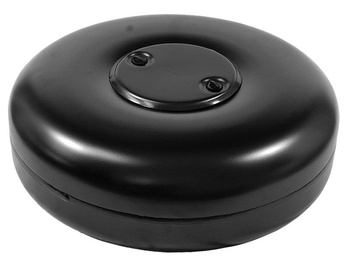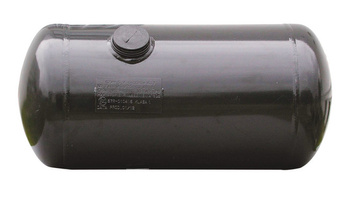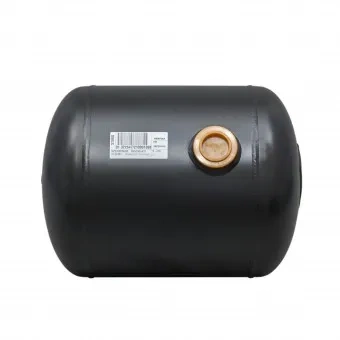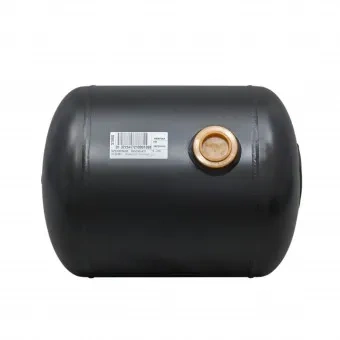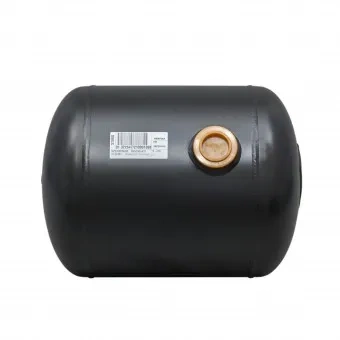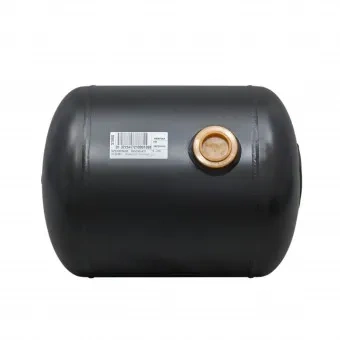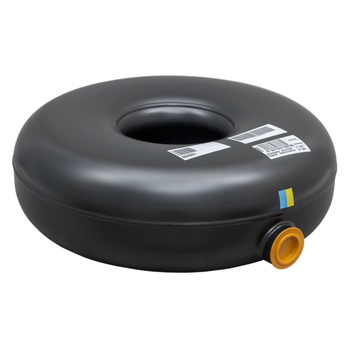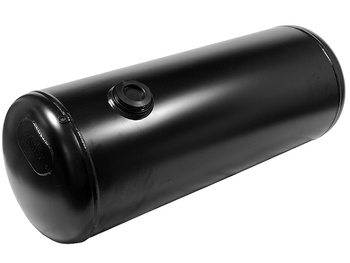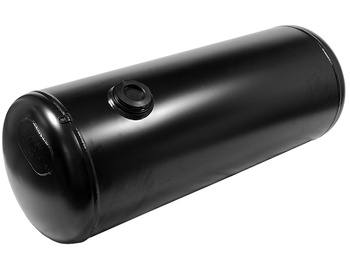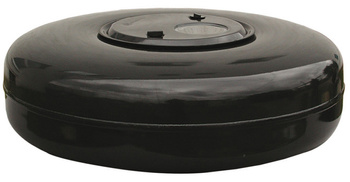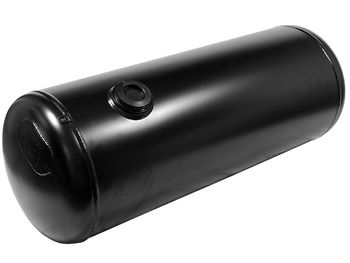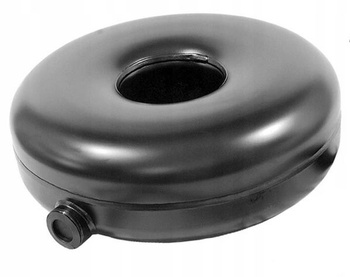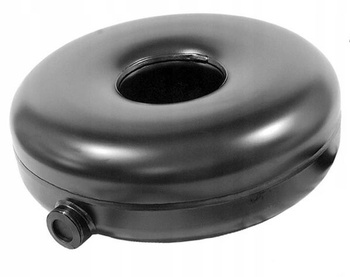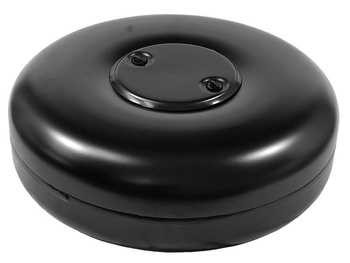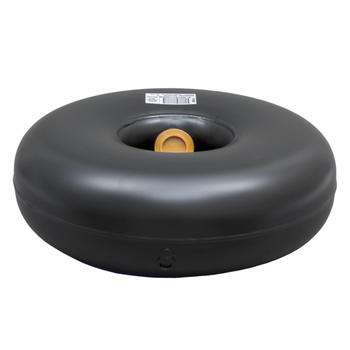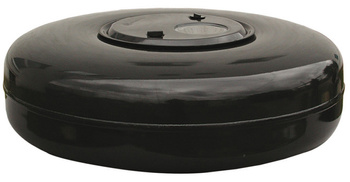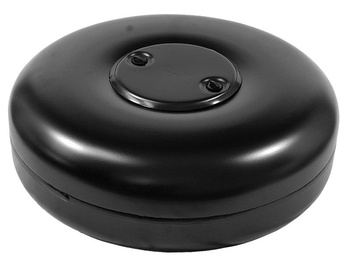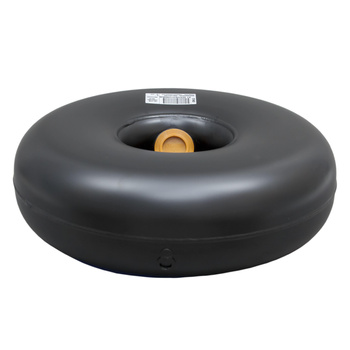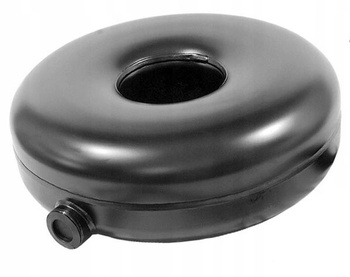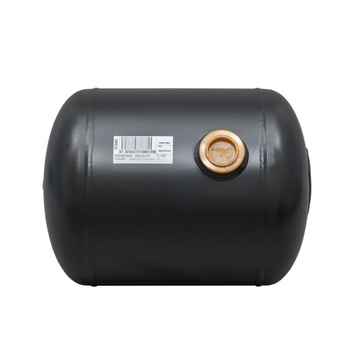LPG TANKS
( number of products: 268 )The lpg tank is the basic component of the gas system, storing the refuelled propane-butane mixture. Refuelled gas is kept at a higher pressure in the liquid phase. Is a pressure element in the production and approval of which TDT (Transport Technical Inspection) is involved. Each tank sold in our company is equipped with a set of documents issued before the inspector of the Transport Technical Supervision needed to obtain an endorsement about gas supply in the registration certificate. Include a study of the specific tank and an administrative decision allowing the lpg tank to operate. These data are contained on a single sheet printed on both sides necessary during each technical examination. If you lose your tank "passport" it is possible to make a paid duplicate through the TDT website.
In our offer you will find tanks: BORMECH, STAKO, GZWM of various types.
Starting with cylindrical tanks with diameters of 244, 270, 300, 315, 360, 400, 450 and capacities from 25 liters to 230 liters. Which can be mounted at different angles (0, 30, 90 degrees) depending on demand and available multivalves. Multivalves of the cylindrical tank are mounted in a special housing available under multivalves>accessories for multivalves. The enclosure is airtight and must be connected to the ventilation chimneys with a suitable diameter with a bundle of wire.
Toroidal tanks are divided into internal and external-mounted in place of the spare wheel. Wide range of sizes ( height from 180mm to 340mm, width from 520mm to 720mm) allows you to maximize the use of the recess after the removed spare wheel. When installing the toroidal tank, it is necessary to observe all safety considerations, distance from the elements of the exhaust system, proper leveling. Remember in the case of external tanks to maintain adequate clearance of the car, the gas tank must not be the lowest point of the chassis.
The tank to be replaced is best selected in terms of the dimensions and manufacturer of the old, dismantled one. This will eliminate the need to make more holes and make it easier to install the new tank.
Tighten the multivalve seated on the tank flange with the screws from the kit to the appropriate torque specified by the manufacturer. And set the multivalve according to the manufacturer's instructions included in the kit.

